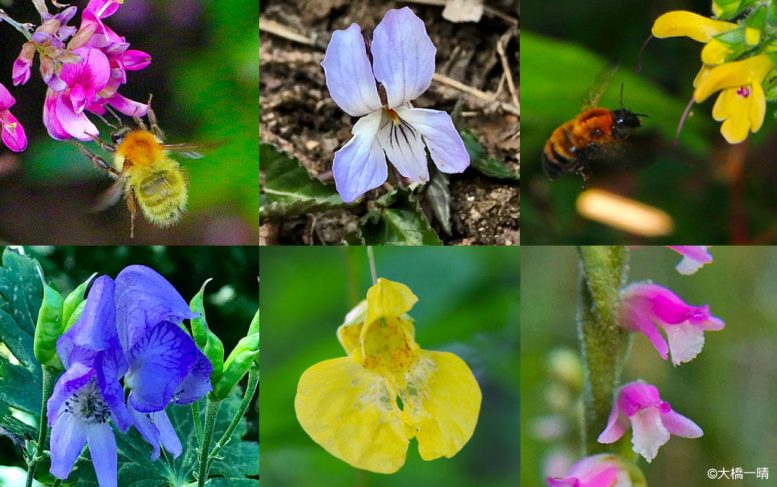
Contrary to popular belief that bilateral floral symmetry increases pollination accuracy, a new study found that flower orientation, particularly horizontal presentation, significantly stabilizes bee entry angles, not symmetry. This discovery calls for a reevaluation of the adaptive significance of bilaterally symmetrical flowers in angiosperms. Credit: University of Tsukuba
In the natural world, it’s not uncommon to see flowers from unrelated species exhibit similar physical characteristics. One such attribute is bilateral symmetry, a feature seen in many different types of flowers, including those from the orchid and legume families.
When animals approach these bilaterally symmetrical flowers, they typically do so headfirst, with their undersides facing downward. Observing this behavior has led to the long-standing belief, since the 18th century, that the bilateral symmetry of flowers evolved to ensure that the flower’s stamens and pistils come into contact with specific parts of an animal’s body. This interaction was thought to enhance the precision of pollination. However, recent studies have challenged this long-held notion.
This study noted that over 90% of bilaterally symmetrical flowers, such as orchids, are presented horizontally. Accordingly, animals naturally approach these flowers from the front with their ventral side down. This indicates that the observed stabilization of animal flower entry may not be attributed to bilateral symmetry but to the accompanied horizontal orientation.
Thus, in the present study, indoor experiments were conducted using nine different artificial flowers with exhaustive combinations of floral symmetry (bilateral symmetry, dissymmetry, and radial symmetry) and orientation (upward, horizontal, and downward) to investigate the effects of floral symmetry and orientation on the stability of flower entry by bumble bees, Bombus ignitus.
As expected, the results of this study showed that the entry angle of bees was significantly stabilized when flowers were presented horizontally, with a 60% reduction in angular variation compared to the upward and downward orientations. Meanwhile, none of the three types of floral symmetry were found to contribute to the stabilization of flower entry. This remarkable result prompts a reconsideration of the adaptive significance of bilaterally symmetrical flowers that have evolved repeatedly in angiosperms.
Reference: “Effects of floral symmetry and orientation on the consistency of pollinator entry angle” by Nina Jirgal and Kazuharu Ohashi, 16 May 2023, The Science of Nature.
DOI: 10.1007/s00114-023-01845-w
This work was supported by a JSPS Grants-in-Aid for Scientific Research.

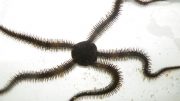
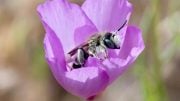

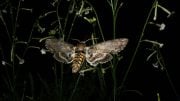
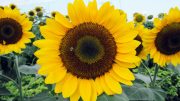
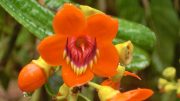
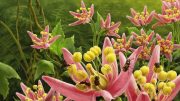
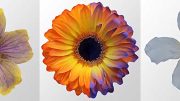
Be the first to comment on "New Study Challenges Popular 300-Year-Old Conjecture of Bilaterally Symmetrical Flowers"